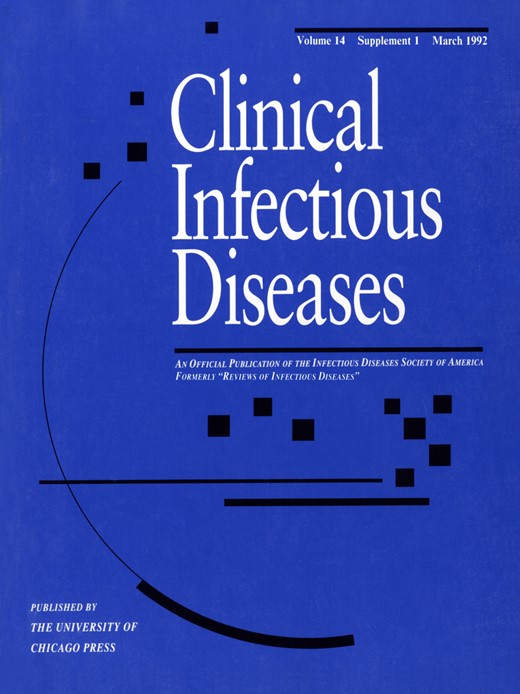-
Views
-
Cite
Cite
Richard D. Meyer, Current Role of Therapy with Amphotericin B, Clinical Infectious Diseases, Volume 14, Issue Supplement_1, March 1992, Pages S154–S160, https://doi.org/10.1093/clinids/14.Supplement_1.S154
Close - Share Icon Share
Abstract
Systemic antifungal chemotherapy frequently is more difficult to conduct than antibacterial therapy. Factors that make it difficult include, but are not limited to, common biosynthetic pathways among the eukaryotes and humans, a relative lack of agents, imprecise modes of use, general lack of standardization of in vitro susceptibility tests that have clinical correlations, and, with certain exceptions, lack of clinical correlations with in vitro results of combination antifungal chemotherapy. Amphotericin B has been available for intravenous administration for >30 years and, despite its shortcomings, remains the drug of choice or reference agent in the therapy for many specific systemic fungal infections in various clinical settings. The current role of amphotericin B therapy in these situations and the need for additional controlled, comparative clinical trials with azoles, liposomal amphotericin B, and amphotericin B complex are discussed.







Comments